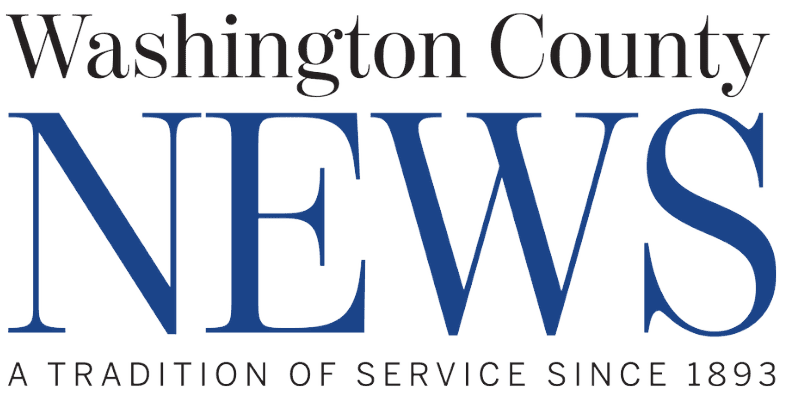WASHINGTON COUNTY – Organizers for the Historic Highway 90 Corridor through Washington County received good news this past week with the awarding of a $50,000 grant for the project through the Florida Division of Historical Resources.
The grant will pay for all historical markers and interpretative signs in Phase I of the implementation of signs and markers, as well as a portion of those in Phase II.
The Washington County Tourism Development Council (TDC) finalized the master plan in 2015 after a study prepared identified key historical and ecological points of interest along the Chipley and Caryville segments of the Historic Highway 90/Old Spanish Trail Corridor. From 34 significant historical sites identified, 20 were selected as critical resources to be included in a project to improve the heritage tourism experience for visitors driving U.S. 90. The project, which is anticipated to be completed in 2022, includes placing “National Park Service style” interpretive panels at those 20 identified sites.
Phase I will include placement of signs and markers in Washington County from the Jackson County line to the Holmes County line and then from the Holmes County line to the Choctawhatchee River.
Local historian Dale Cox is assisting with the project through grant writing and submissions. Cox, who donates his time to the project, along with business partner Rachael Conrad, says other counties are paying attention to Washington CountyÂ’s leadership for historic preservation along the corridor.
“After we got approval for this, Jackson County approached us about tying into what Washington County is doing, especially at the Aycock site, which straddles the county line,” said Cox. “The idea is for Washington County to put signage on their side of the line telling part of the story, and Jackson County will erect a sign on their side telling the rest. Not only is it a great collaborative effort, but it will save both counties a little money.”
“There’s a lot of interest being sparked,” he added. “What’s really neat about this is while Washington County has the pilot program, we anticipate a lot of others will come on board. As this takes root and becomes visible, we will see a lot of leaders coming to look at what we’re doing, so this is a chance for Washington County to really shine.
TDC Director Heather Lopez says the council has already been in touch with a company that can also help that history come to life through story mapping.
“We’ve already done a demo with PaleoWest out of Tallahassee,” said Lopez. “They did the story mapping for the Civil Rights Trail in Montgomery, which is amazing. Our map would be similar to that one. We could incorporate both modern and older photos of our historic sites, but they can also build in 3-D sketches of structures which no longer exist.”
The story mapping, which would also feature historical narratives of each site, would be mobile responsive, with the TDC having the ability to host it on their website.
Once Washington CountyÂ’s portion of the story mapping is complete, other communities along the Old Spanish Trail can use Washington CountyÂ’s map as a base and simply tag onto it.
“Other counties could apply for their own grants and just keep the map growing across Highway 90,” said Lopez.
The Old Spanish Trail was a coast to coast auto-trail completed in 1929. It linked St. Augustine, Florida, with San Diego, California, and was a meaningful travel and tourism route for motorists of the 20th century. Washington County finished its section of the trail in 1925, four years before the official completion date of the entire highway.
Dale Cox says Washington County was involved in the development of the highway from the date of its inception. Representatives from Chipley were among 419 enthusiasts who gathered in Mobile, Alabama, in 1915 to discuss the dream of a coast-to-coast road.
The official dedication of the project came just one month later on January 21, 1916, and Chipley and Caryville took part in the inaugural celebration with children singing at dedication ceremonies in both cities.
The sections of the original 1925 Washington County sections of the Old Spanish Trail remain in use today. They pass many important historical sites and are reminders of an earlier era when auto travel was new, and tourism by car was an emerging industry.
“By developing this interpretive drive, we hope to attract visitors to our section of the Old Spanish Trail by joining in with the national effort to encourage trips along parts or all of the highway,” wrote Dale Cox wrote in the grant application.
“The placement of the interpretive panels will also spotlight historical resources for our residents, highlighting their value to citizens of Washington County and creating the opportunity for schools, teachers, and parents to use them in teaching students about local and Florida history. This is what local history is all about and what it can mean to a rural community.”

